There’s nothing quite like the taste of homemade boysenberry jam — sweet, slightly tart, and bursting with deep, rich flavor. But did you know you can easily grow boysenberries right in your own backyard? Whether you’re a seasoned gardener or a beginner looking to dive into berry cultivation, boysenberries are a rewarding and fruitful addition to your garden.
In this comprehensive guide, we’ll walk you through everything you need to know about how to grow boysenberries, from planting and caring for them to harvesting and turning those luscious berries into delicious homemade jams.
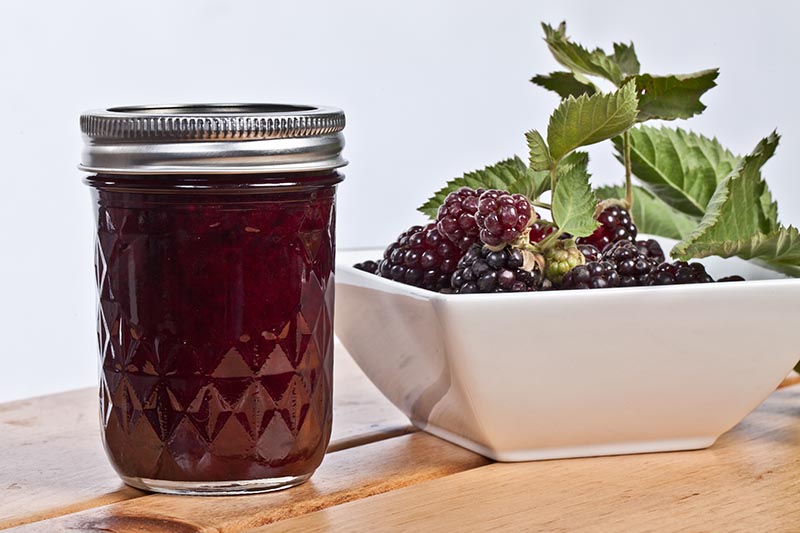
What Are Boysenberries?
Boysenberries are a unique and flavorful hybrid fruit, a cross between blackberries, raspberries, and loganberries. They produce large, dark purple berries with a juicy, sweet-tart taste perfect for jams, jellies, pies, and fresh eating.
Fun Fact: The boysenberry was popularized in the 1930s by Walter Knott of Knott’s Berry Farm in California, and it remains a favorite among berry lovers today.
Why Grow Boysenberries?
Growing boysenberries at home is not only fun and satisfying but also practical:
- Fresh, chemical-free harvest right from your garden
- Perfect for making homemade jams, syrups, and desserts
- Beautiful plants that add rustic charm to your landscape
- A productive berry that yields up to 10–20 pounds per plant
Choosing the Right Boysenberry Variety
When selecting boysenberries for your home garden, you’ll typically find two types:
1. Thorny Boysenberries
- Traditional variety with sharp thorns
- Often considered more flavorful and slightly hardier
2. Thornless Boysenberries
- Easier to handle and harvest
- Produces similarly delicious berries
Both thrive in USDA zones 5–9, though they’ll appreciate a little winter protection in colder climates.
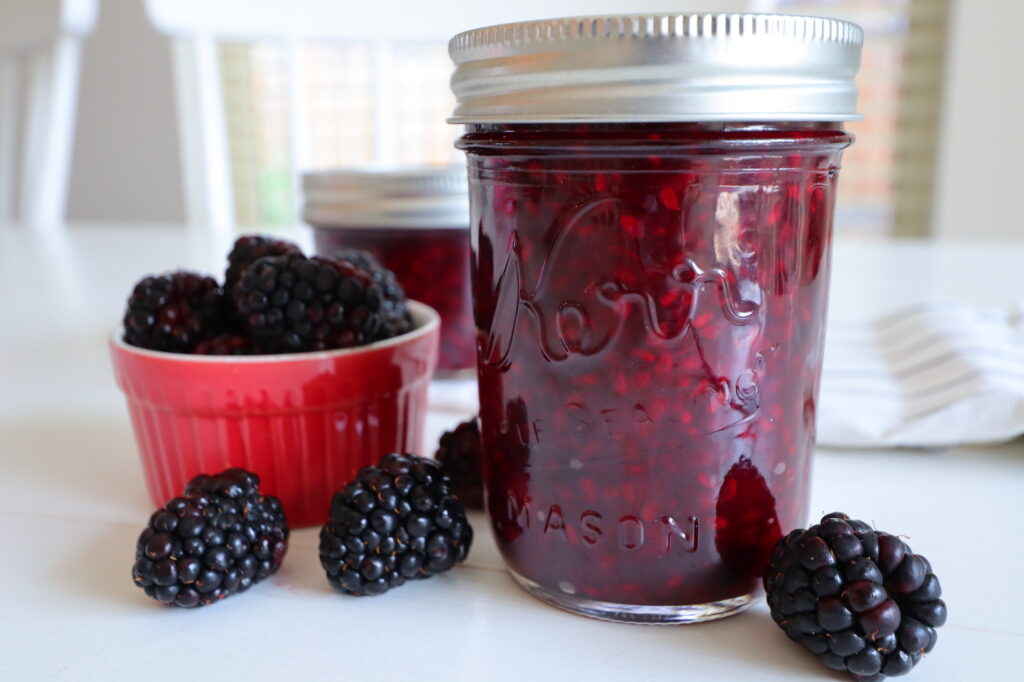
Where and When to Plant Boysenberries
Best Planting Time:
- Early spring after the danger of frost passes, or late fall in mild climates
Ideal Site Conditions:
- Full sun (at least 6–8 hours daily)
- Well-drained, loamy soil rich in organic matter
- Slightly acidic soil with a pH of 5.5–7.0
- A location sheltered from strong winds
Avoid planting where tomatoes, peppers, eggplants, or potatoes have recently grown, as these can carry soil-borne diseases harmful to boysenberries.
How to Plant Boysenberries
Planting Instructions:
- Prepare the site:
Loosen the soil to a depth of 12–18 inches and mix in compost or aged manure. - Dig holes:
Twice the width and depth of the plant’s root ball. - Spacing:
Space plants 4–6 feet apart, with rows about 8–10 feet apart. - Plant:
Set the boysenberry plant at the same depth it grew in its nursery pot. - Backfill:
Use a mix of native soil and compost, firming gently. - Water thoroughly after planting.
- Mulch:
Apply a 2–3 inch layer of mulch to retain moisture and suppress weeds.
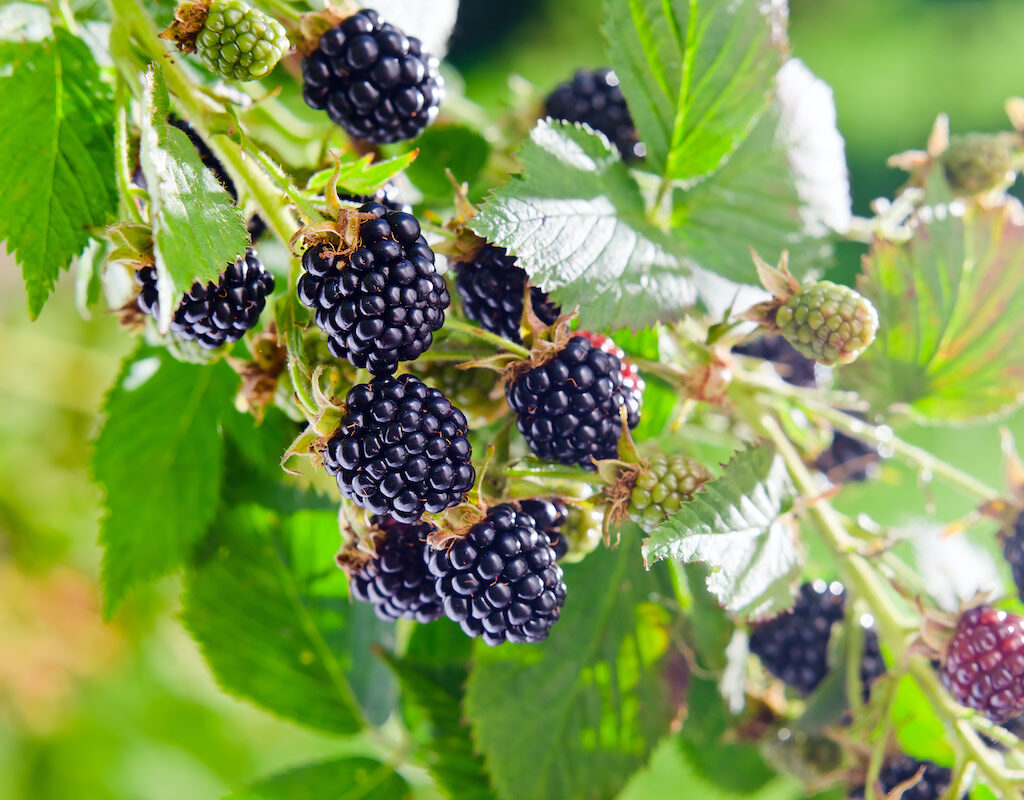
Supporting Boysenberry Vines
Boysenberries grow as trailing vines, which means they need support to stay healthy and productive.
Trellis or Wire Support:
- Install sturdy wooden posts 6–8 feet apart.
- Run wires horizontally at 2, 4, and 6-foot heights.
- Tie vines loosely to the wires with garden twine or plant ties.
This keeps the fruit clean, improves air circulation, and makes harvesting easier.
Watering and Fertilizing Boysenberries
Watering:
- Boysenberries need 1–2 inches of water per week.
- Keep the soil consistently moist, especially during flowering and fruiting.
- Avoid waterlogged soil to prevent root rot.
Fertilizing:
- Apply a balanced fertilizer (like 10-10-10) in early spring as new growth appears.
- Side-dress with compost or organic mulch during the growing season.
- Avoid high-nitrogen fertilizers, which can promote excessive leafy growth at the expense of fruit.
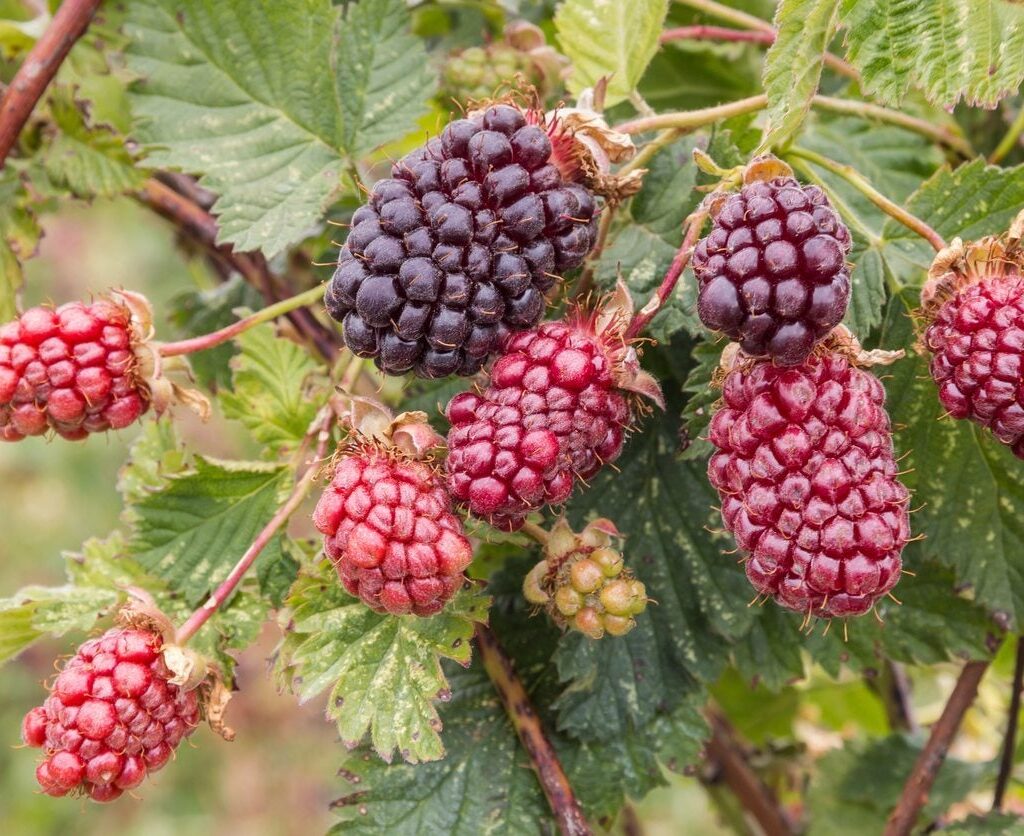
Pruning Boysenberries
Proper pruning improves fruit production and keeps your plants healthy.
Types of Canes:
- Primocanes: First-year growth (will bear fruit the next year)
- Floricanes: Second-year canes (produce fruit, then die)
When and How to Prune:
- Summer (after harvest):
Cut all spent floricanes to the ground.
Tie new primocanes to the trellis. - Winter (dormant season):
Thin out weak or overcrowded primocanes, leaving 5–7 of the strongest per plant. - During the growing season:
Train canes along the trellis as they grow, and pinch back the tips of lateral branches to encourage side shoots and more fruit.
Common Pests and Diseases
While relatively hardy, boysenberries can occasionally encounter pests and diseases.
Common Pests:
- Aphids: Spray with neem oil or insecticidal soap.
- Spider mites: Control with water sprays or horticultural oil.
- Birds: Use bird netting during ripening season.
Common Diseases:
- Botrytis (gray mold): Avoid overcrowding and water at the base.
- Powdery mildew: Improve air circulation and treat with organic fungicides.
- Root rot: Ensure well-drained soil and avoid overwatering.
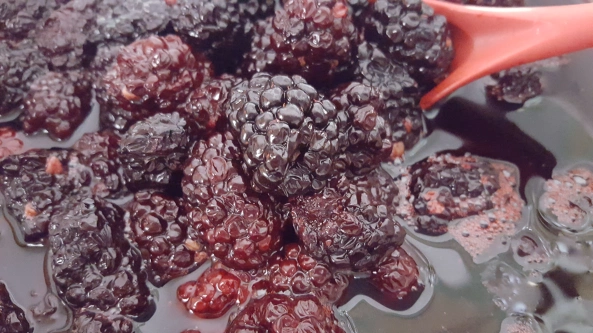
When and How to Harvest Boysenberries
Boysenberries are ready for harvest in early to mid-summer when they turn a deep purple-black and are soft to the touch.
Harvesting Tips:
- Pick berries early in the morning when they’re cool and firm.
- Gently twist berries off the vine — they should detach easily.
- Handle with care, as boysenberries are delicate and bruise easily.
Note: Boysenberries don’t continue to ripen after picking, so harvest when fully ripe.
Making Homemade Boysenberry Jam
Once you’ve gathered your juicy harvest, it’s time for the fun part — turning them into homemade jam!
Simple Boysenberry Jam Recipe:
Ingredients:
- 4 cups fresh boysenberries
- 2 cups granulated sugar (adjust to taste)
- 2 tablespoons lemon juice
Instructions:
- Rinse berries gently and remove stems.
- In a saucepan, combine berries, sugar, and lemon juice.
- Mash berries slightly and bring to a boil over medium-high heat.
- Stir frequently and simmer for 15–20 minutes until thickened.
- Test consistency by placing a small spoonful on a chilled plate — it should set after cooling.
- Pour into sterilized jars and seal.
Enjoy your jam on toast, in pastries, or as a topping for yogurt and desserts!
Final Thoughts
Growing boysenberries at home is a deeply rewarding gardening adventure that offers not only beautiful, productive plants but also baskets of sweet, tangy berries perfect for jams, desserts, and fresh eating. With the right care — plenty of sun, rich soil, regular pruning, and sturdy supports — your boysenberry vines will reward you year after year.
Whether you’re new to gardening or an experienced grower, boysenberries are a must-have for any backyard berry patch. So roll up your sleeves, plant a few canes this season, and get ready for the delightful experience of making your very own homemade boysenberry jam.

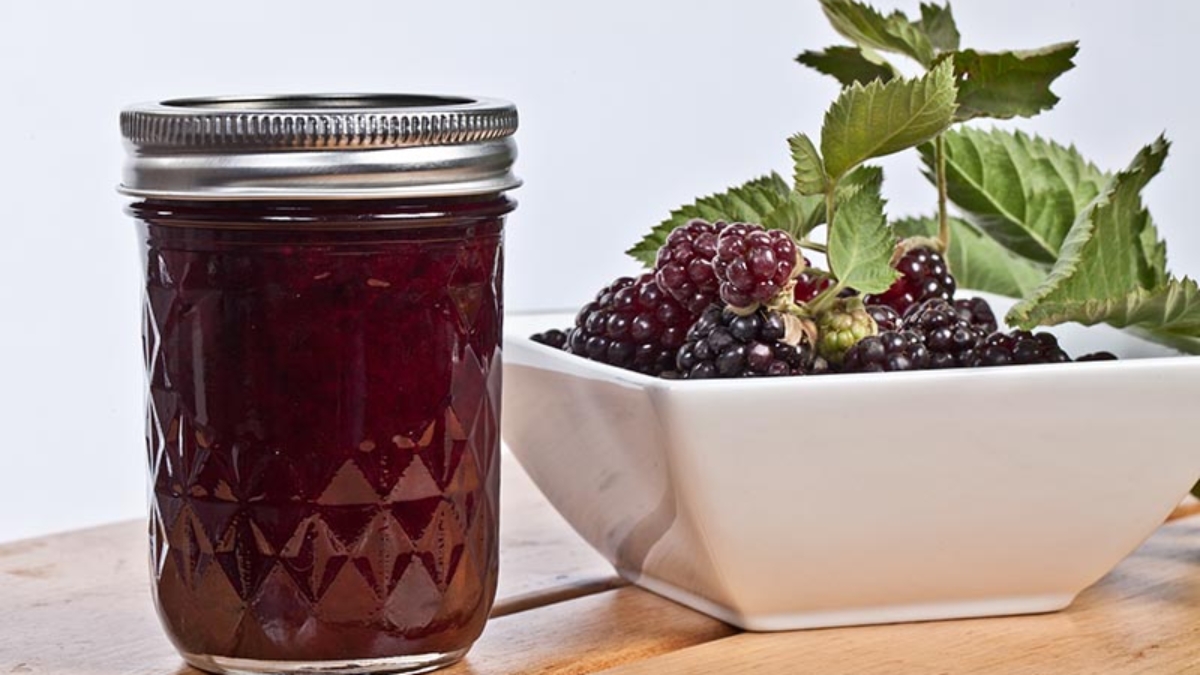




Leave A Comment